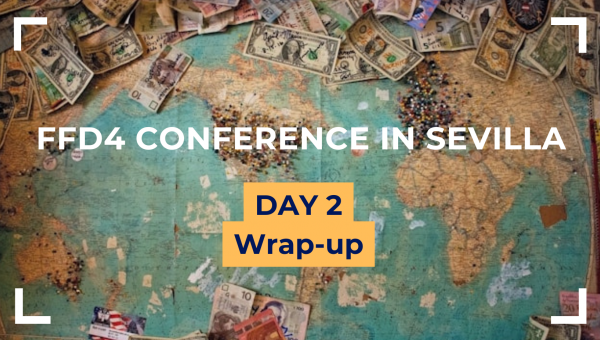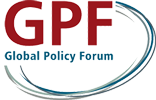News

The following text is a transcript of a video statement by Bodo Ellmers in which he gives an overview of his second day at the FfD4 conference. You can find the video here.
The second day of the Fourth International Conference on Financing for Development (FfD4) in Sevilla continued with the general debate, as UN member states, from Azerbaijan to Cuba and Algeria to Luxembourg, presented their national priorities and visions for the future of development finance.
Beyond the plenary, the day focused on two key themes: Mobilising private finance and reviving international development cooperation. Both topics exposed major challenges for the current global financial architecture.
One of the most pressing issues discussed was the recent wave of official development assistance (ODA) cuts. During the run-up to FfD4, several countries announced reductions to their aid budgets, including the United States, where USAID was dissolved, and multiple European governments. These developments came as a shock and cast a shadow over the conference.
Although the final outcome document includes a renewed, if weak, commitment to the longstanding 0.7% ODA target, most countries fell short of offering concrete pledges. The notable exception was Luxembourg, which reaffirmed its commitment to maintaining ODA at 1% of gross national income, well above the global target.
Meanwhile, discussions on private finance centred on a critical barrier for many developing countries: the high cost of capital. Interest rates for borrowing remain significantly higher in the Global South, often three to four times those paid by high-income countries. Delegates explored options for reducing these financing costs to enable more equitable access to capital.
As FfD4 moves into its final phase, these conversations continue to highlight the structural imbalances and urgent reforms needed in global development finance.
